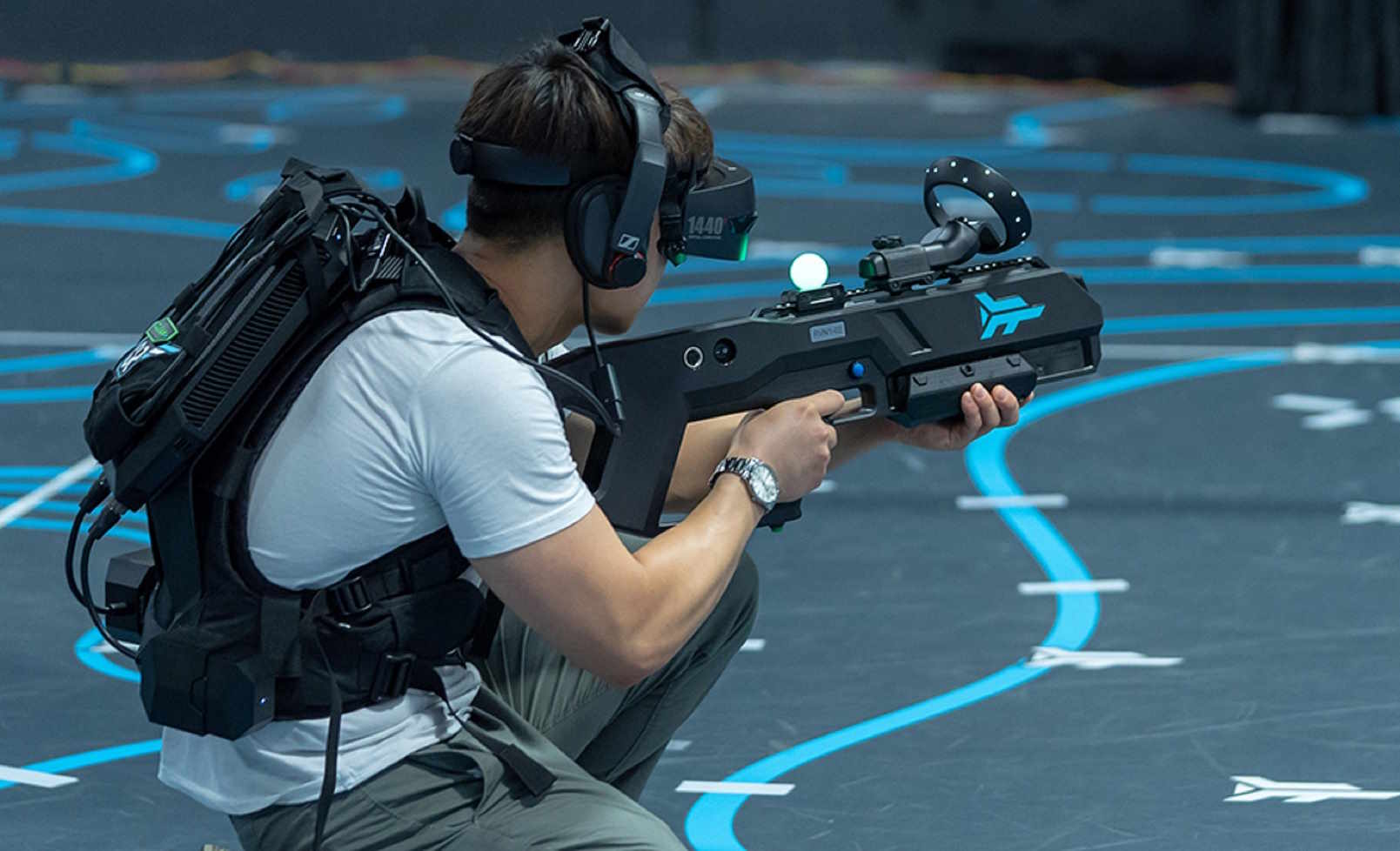Next-Level Gaming: Advancements in Virtual Reality Technology
Virtual Reality (VR) technology has been making waves in the gaming industry, offering immersive experiences like never before. From more realistic graphics to full body tracking, VR technology is pushing the boundaries of gaming. Read below to delve into the exciting world of VR gaming and the latest advancements that are redefining the industry.

Next-Gen VR Headsets: A Leap Forward
The evolution of VR headsets has been pivotal in enhancing the overall VR experience. The latest headsets, such as the Oculus Quest 2 and the HP Reverb G2, offer high-resolution displays, improved field of view, and better tracking capabilities. These enhancements bring a level of immersion and realism to VR gaming that was previously unattainable.
Haptic Feedback: Touch the Virtual World
Haptic technology is revolutionizing the VR gaming experience by providing tactile feedback. Now, gamers can not only see but also feel the virtual world. For instance, haptic gloves allow players to touch and interact with virtual objects, offering a more immersive and realistic VR experience.
Full Body Tracking: Move with Precision
Full body tracking is another significant advancement in VR gaming. It allows a player’s physical movements to be accurately translated into the virtual world. Using a combination of sensors and infrared cameras, this technology captures the player’s movements and reflects them in the game, enhancing the level of immersion and interaction.
Advanced Game Design: Crafting Immersive Experiences
Game developers are leveraging these technological advancements to design more complex and engaging VR games. They are creating intricate virtual environments, developing realistic physics, and scripting immersive narratives. This is resulting in VR games that are not just visually stunning but also emotionally engaging.
Social VR: Gaming Together in Virtual Spaces
The rise of social VR platforms, like VRChat and Rec Room, is bringing a new dimension to VR gaming. These platforms allow players to interact with each other in virtual spaces, making gaming a more social and collaborative experience. Players can hang out, play games, and even attend virtual concerts together.
Useful Tips and Facts:
- VR headsets can be tethered (connected to a PC or gaming console) or standalone (no external devices required).
- Haptic feedback devices can range from simple vibrating controllers to complex haptic suits.
- Full body tracking often requires additional hardware such as trackers and cameras.
- Social VR platforms often support cross-play, meaning players using different VR headsets can play together.
In conclusion, the world of VR gaming is rapidly evolving with advancements in technology. These innovations are not only enhancing the gaming experience but also expanding the possibilities of what can be achieved in the virtual world. As VR technology continues to develop, we can expect to see even more exciting and immersive experiences in the future.




